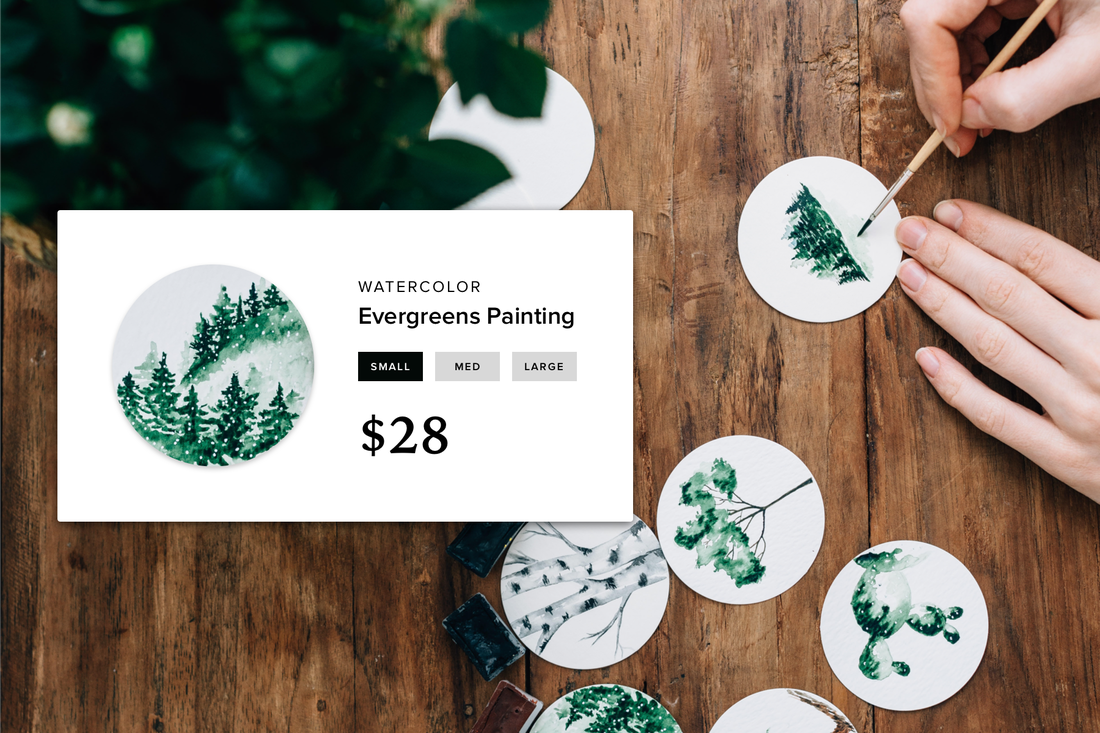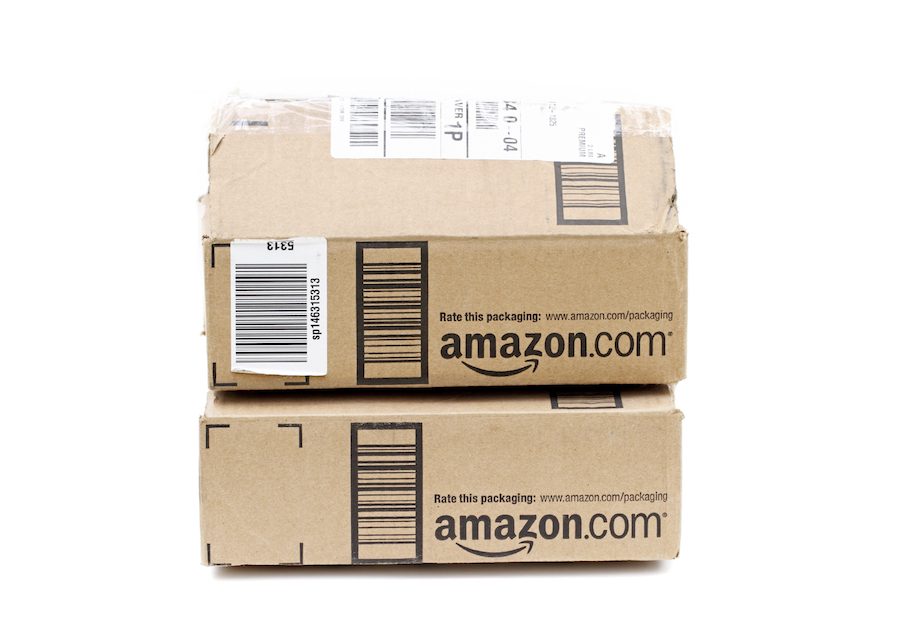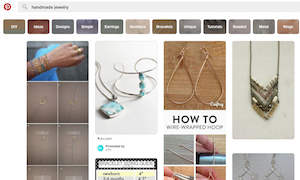No single company sells more online than Amazon. And yet, to look at the data, it's clear that consumers tend to spread their eCommerce dollars far and wide. That's an opportunity you should be seizing.
How big is it? According to the latest estimates from the U.S. Census Bureau, U.S. eCommerce spending in the third quarter of 2015 came in at $87.5 billion. Amazon reported $15 billion in North American sales over the same period, or about 17 percent of the total.
3 Ways to Get a Bigger Piece of the eCommerce Pie
The trouble, of course, is that thousands of websites larger than yours are competing for those lucrative leftovers. To stand out and earn more, you'll need to embrace some best practices. Here are three, taken straight from Amazon.com's playbook:
1. Create a Log-In
The next time you navigate to Amazon, look in the upper right corner. See your name? How about a call to sign in? You may not think of it as a membership site, but that's precisely what Amazon is -- log on, and in exchange for tracking your every move, the retailer offers specific deals and recommendations. Every page you see is dynamic, informed in part by what you've bought previously, what you're looking at in the moment, who your friends are and so on. Your own eCommerce operation needn't be as sophisticated. Just the act of creating a log-in site will make it easier for you to see (a) who your customers are and (b) what of yours they tend to like and buy. All you need is some embedded eCommerce tools for your website and a little familiarity with Google Analytics.
2. Always Include Related Products
Every Amazon page features more than one product. Take this page, which is the digital shelf for a paperback copy of The Martian, a terrific sci-fi novel that's since been made into an equally terrific sci-fi movie. Scroll down and you'll find links to at least six other books that Amazon says you might enjoy reading. Take a lesson from this. Customers who like your site and what you offer will always look for ways to engage more deeply. Showing shoppers related products before they have a chance to click the "buy" button is a simple way to fulfill their wishes and earn extra profit. And you don't need fancy sales copy. "You may also like ..." is a perfectly good way to pitch the $9.99 ebook you just finished, especially if it builds on the learnings included in the course your buyer is about to purchase.
3. Create Bundles and Bonuses
In hawking The Martian for author Andy Weir, Amazon doesn't stop at showing related books. The retailer also suggests bundles of books you can buy together in hopes of drawing you into an impulse buy. Copy this model. And don't worry if you lack data on which of your items are purchased together most often. Instead, create a few random bundles and offer discounts for purchase. Track the ones that get picked up most often and design accordingly. A great example of a bundle product is the "Value Combo" offered by ReadyDesk. Over time, you'll learn the kinds of products your audience and shoppers are most interested in, which, in turn, should help focus the time you spend developing new products.
3 Ways to Get a Bigger Piece of the eCommerce Pie
The trouble, of course, is that thousands of websites larger than yours are competing for those lucrative leftovers. To stand out and earn more, you'll need to embrace some best practices. Here are three, taken straight from Amazon.com's playbook:
1. Create a Log-In
The next time you navigate to Amazon, look in the upper right corner. See your name? How about a call to sign in? You may not think of it as a membership site, but that's precisely what Amazon is -- log on, and in exchange for tracking your every move, the retailer offers specific deals and recommendations. Every page you see is dynamic, informed in part by what you've bought previously, what you're looking at in the moment, who your friends are and so on. Your own eCommerce operation needn't be as sophisticated. Just the act of creating a log-in site will make it easier for you to see (a) who your customers are and (b) what of yours they tend to like and buy. All you need is some embedded eCommerce tools for your website and a little familiarity with Google Analytics.
2. Always Include Related Products
Every Amazon page features more than one product. Take this page, which is the digital shelf for a paperback copy of The Martian, a terrific sci-fi novel that's since been made into an equally terrific sci-fi movie. Scroll down and you'll find links to at least six other books that Amazon says you might enjoy reading. Take a lesson from this. Customers who like your site and what you offer will always look for ways to engage more deeply. Showing shoppers related products before they have a chance to click the "buy" button is a simple way to fulfill their wishes and earn extra profit. And you don't need fancy sales copy. "You may also like ..." is a perfectly good way to pitch the $9.99 ebook you just finished, especially if it builds on the learnings included in the course your buyer is about to purchase.
3. Create Bundles and Bonuses
In hawking The Martian for author Andy Weir, Amazon doesn't stop at showing related books. The retailer also suggests bundles of books you can buy together in hopes of drawing you into an impulse buy. Copy this model. And don't worry if you lack data on which of your items are purchased together most often. Instead, create a few random bundles and offer discounts for purchase. Track the ones that get picked up most often and design accordingly. A great example of a bundle product is the "Value Combo" offered by ReadyDesk. Over time, you'll learn the kinds of products your audience and shoppers are most interested in, which, in turn, should help focus the time you spend developing new products.
Marginal Improvements Add Up Fast
Amazon earns $0.10 more on every dollar of sales today than it did in 2010. Much of that can be traced back to efforts to convince customers to buy more. Your aim should be no different, and you don't need scale or sophisticated tools to cash in.
Instead, build your store and use Google Analytics to track your audience. What do they browse before they buy? What do they buy next? What products often go together? Answering these questions won't make you an eCommerce giant, but with $70 billion up for grabs every quarter, you don't need to be.
Amazon earns $0.10 more on every dollar of sales today than it did in 2010. Much of that can be traced back to efforts to convince customers to buy more. Your aim should be no different, and you don't need scale or sophisticated tools to cash in.
Instead, build your store and use Google Analytics to track your audience. What do they browse before they buy? What do they buy next? What products often go together? Answering these questions won't make you an eCommerce giant, but with $70 billion up for grabs every quarter, you don't need to be.
 Tim Beyers Tim is a freelance business writer. He writes about the business of innovation, comics and genre entertainment on The Full Bleed.
Tim Beyers Tim is a freelance business writer. He writes about the business of innovation, comics and genre entertainment on The Full Bleed.






